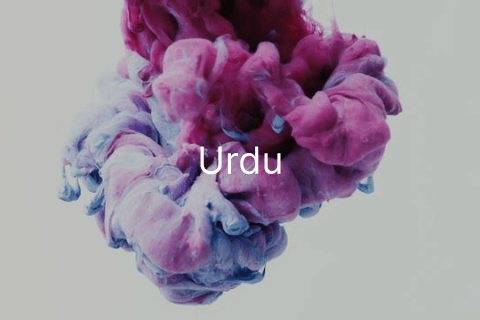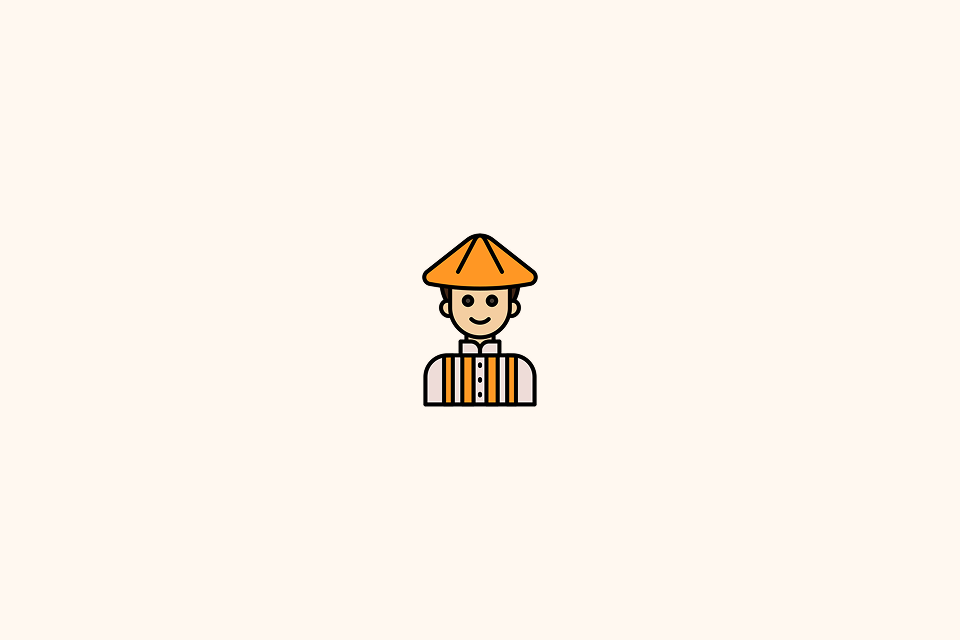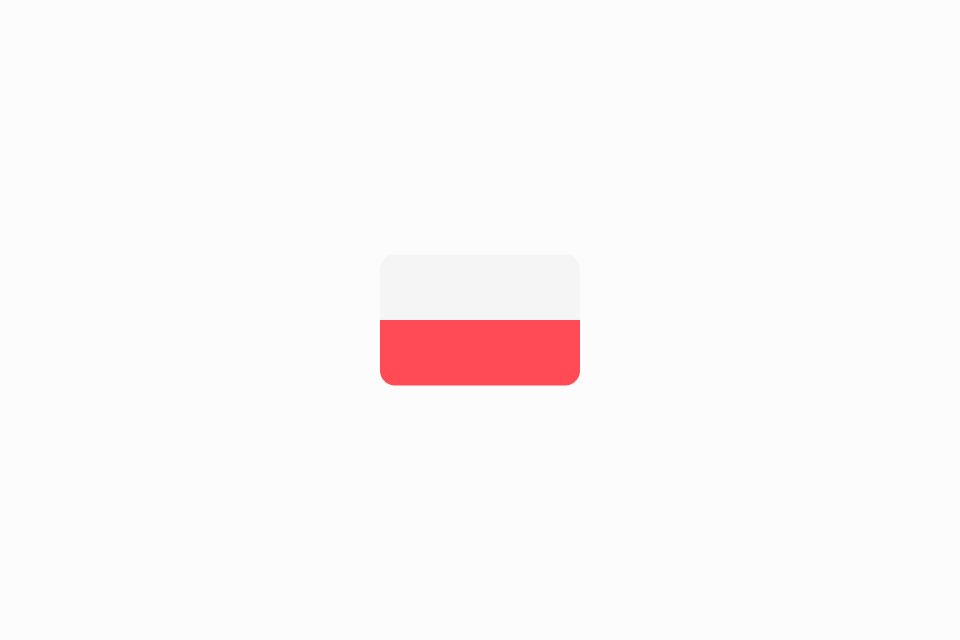Urdu: Exploring the History and Cultural of an Indo-Aryan Language

TABLE OF CONTENTS
Key Points
- Urdu is a widely spoken Indo-Aryan language, primarily in Pakistan and India, with over 100 million speakers.
- It shares similarities with Hindi but differs in script (Perso-Arabic Nastaliq) and vocabulary (influenced by Persian and Arabic).
- Research suggests Urdu has a rich literary tradition, especially in poetry, and is culturally significant for South Asian Muslims.
- The evidence leans toward Urdu being a unifying language, with a complex history shaped by Mughal and colonial influences.
Introduction to Urdu
Urdu is a fascinating language that bridges cultures and histories, spoken mainly in Pakistan, where it is the national language, and India, where it is one of 23 official languages. With over 100 million native speakers and understood by millions more, Urdu is not just a means of communication but a carrier of rich literary and cultural traditions. This section will explore its history, script, phonology, grammar, vocabulary, and cultural importance, providing a simple yet in-depth introduction for beginners and curious learners. Learning Urdu opens doors to a vibrant cultural heritage and communication with a large global community.
History and Origin
Urdu developed in the 12th century CE in northwestern India, particularly around Delhi, following the Muslim conquest. It evolved from regional Apabhramsha dialects, serving as a linguistic bridge. Early forms were called Hindvi, influenced by Persian, Arabic, and Turkish due to Muslim rulers and traders. The first major poet, Amir Khosrow (1253–1325), composed in this language. By the 19th century, it was known as Urdu, meaning “the language of the camp.” It shares a common Indo-Aryan base with Hindi, making them mutually intelligible colloquially, but differs in vocabulary (Urdu borrows from Persian and Arabic, Hindi from Sanskrit) and script. Urdu played a unifying role for Muslims during the Mughal Empire and became a symbol of national identity in Pakistan post-1947 (Britannica - Urdu Language).
Script and Writing System
Urdu uses the Nastaliq script, a cursive form of the Perso-Arabic script, written from right to left. This script has 38 letters, with vowels often indicated by diacritical marks (airaabs) above or below consonants, as it is an abjad script. Letters change shape based on their position (initial, medial, final, isolated), and some, like Alif (ا), cannot connect to the following letter. Nastaliq is known for its aesthetic appeal, often used in calligraphy, making Urdu visually striking. For example, “hello” is written as “سلام” (Salam) (UrduPod101 - Urdu Grammar Overview).
Phonology
Urdu’s phonology is similar to Hindi, with slight variations in short vowel allophones. It has a symmetrical ten-vowel system, including short ([ə], [ɪ], [ʊ]) and long ([aː], [iː], [uː], [eː], [oː], [ɛː], [ɔː]) vowels, often marked by diacritics. Consonants include aspirated stops (e.g., /pʰ/, /tʰ/, /kʰ/), pronounced with a puff of air, and retroflex stops (e.g., /ʈ/, /ɖ/), where the tongue curls back. Some sounds, like /f/, /z/, /ʒ/, /x/, /ɣ/, and /q/, are borrowed from Persian and Arabic, which may be unfamiliar to English speakers (Britannica - Urdu Language). While regional variations exist, these core sounds are consistent.
Grammar
Urdu follows a Subject-Object-Verb (SOV) structure, unlike English’s Subject-Verb-Object. For example, “I drink tea” is “میں چائے پیتا ہوں” (Mein chai peeta hoon). Verbs end in “نا” (na) for infinitives, e.g., “بولنا” (bolna) = “to speak,” and are conjugated by tense, person, number, gender, and mood. Nouns have gender (masculine or feminine) and number, with adjectives agreeing in gender and number, e.g., “گہرا دریا” (gehra darya, masculine) = “deep river,” “گہری نہر” (gehri nehar, feminine) = “deep canal.” Negation uses “نہیں” (nahi) or “نہ” (nah), and questions start with words like “کیا” (kya, what) (UrduPod101 - Urdu Grammar Overview).
Vocabulary
Urdu vocabulary is a blend of Indo-Aryan, Persian, Arabic, and Turkish influences. Common words include “سلام” (Salam, hello), “شکریہ” (Shukriya, thank you), “ہاں” (Haan, yes), and “نہیں” (Nahi, no). Basic phrases are “صبح بخیر” (Subh bakhair, good morning) and “تم کیسے ہو؟” (Tum kaise ho?, how are you?). Many words, like “کتاب” (kitab, book, from Arabic) and “دوست” (dost, friend, from Persian), reflect its multicultural roots (Mondly - Essential Urdu Words).
Cultural Significance
Urdu is culturally vital, especially for South Asian Muslims, as the national language of Pakistan and an official language in India. It has a rich literary tradition, with poets like Mirza Ghalib and Faiz Ahmed Faiz, and is central to ghazal poetry. Urdu connects communities globally, spoken by the diaspora in the UAE, UK, and USA, and is embedded in music, film, and art, often called the “Kohinoor” of India (Dynamic Language - The Fascinating History and Global Significance of the Urdu Language).
Learning Resources
For learners, options include online courses like Rekhta-Learning and UrduPod101, textbooks like “Teach Yourself Urdu” by David Matthews and Kasim Dalvi, and apps like Mondly and Duolingo. For quick translations and language assistance, our online Urdu translator at OpenL.io is also a valuable tool. Free resources include 50languages.com and the Basic Urdu textbook at Open Textbook Library.
Survey Note: Detailed Exploration of Urdu
This section provides a comprehensive analysis of the Urdu language, expanding on the introduction with detailed insights into its linguistic and cultural dimensions, suitable for readers seeking a deeper understanding. The information is drawn from extensive research, ensuring a thorough examination of Urdu’s history, structure, and significance.
Historical Context and Evolution
Urdu’s origins trace back to the 12th century CE, developing from the Apabhramsha dialects of northwestern India following the Muslim conquest. It served as a linguistic modus vivendi, blending local Indo-Aryan languages with Persian, Arabic, and Turkish influences due to the Delhi Sultanate (1206–1526) and Mughal Empire (1526–1858). Early names included Hindvi, Zaban-e-Hind, and Rekhta, with the term “Urdu” (from Turkish “Ordu,” meaning “army” or “camp”) emerging by the 19th century. The language’s evolution was marked by its role as a unifying force for Muslims, especially during the Mughal period, and later as a national identity symbol in Pakistan post-1947 (National Council for Promotion of Urdu Language - A Historical Perspective of Urdu).
Its relation to Hindi is notable, sharing an Indo-Aryan base and mutual intelligibility in colloquial settings, but diverging in formal contexts due to vocabulary differences (Urdu from Persian/Arabic, Hindi from Sanskrit) and scripts (Nastaliq vs. Devanagari). This divergence was accentuated by religious and political factors, particularly during the partition of British India, leading to Urdu being seen as a “foreign” language in some Indian contexts (Wikipedia - Urdu).
Script and Orthography: A Visual Art
The Nastaliq script, a cursive derivative of Perso-Arabic, is central to Urdu’s identity. It comprises 38 letters, written right to left, with vowels often marked by diacritics like Zabar (َ, short ‘a’), Zer (ِ, short ‘i’), and Pesh (ُ, short ‘u’). Letters vary in shape by position, with terminal letters like Alif (ا) unable to connect to the following letter, and connecting letters categorized as bowl (e.g., Be (ب)) or triangle (e.g., Jīm (ج)) types. Nastaliq’s diagonal, flowing style contrasts with the flatter Naskh, making it aesthetically appealing for calligraphy (Wikibooks - Urdu/Urdu Script).
Digitization challenges, due to Nastaliq’s complexity, are noted, with efforts like Rekhta aiming to preserve Urdu online by scanning books and providing audio for pronunciation (TIME - The Fight to Preserve the Urdu Script in the Digital World).
Phonological System: Sounds and Influences
Urdu’s phonology, similar to Hindi, includes a ten-vowel system with short ([ə], [ɪ], [ʊ]) and long ([aː], [iː], [uː], [eː], [oː], [ɛː], [ɔː]) vowels, plus an eleventh /æ/ in English loanwords. Consonants feature aspirated stops (e.g., /pʰ/, /tʰ/), retroflex stops (e.g., /ʈ/, /ɖ/), and borrowed sounds like /f/, /z/, /ʒ/, /x/, /ɣ/, /q/ from Persian and Arabic. Research indicates 38 consonants, 23 vowels, and 15 diphthongs in contemporary Urdu, with geminates (doubled consonants) common word-medially (Review of the Phonological System of Contemporary Urdu Spoken in Pakistan).
Pronunciation challenges for English speakers include aspirated and retroflex sounds, with nasalized vowels varying by dialect and context, supported by Masica (1991:117) for nasalized long vowels in specific positions (Lonweb - Hindi–Urdu phonology).
Grammatical Structure: Rules and Nuances
Urdu’s grammar, sharing roots with Hindi, follows SOV order, contrasting with English SVO. Verbs end in “نا” (na) for infinitives, conjugating by tense, person, number, gender, and mood, e.g., “سونا” (sona, to sleep) varies by form. Nouns have gender and number, with adjectives agreeing, e.g., “گہرا” (gehra, deep, masculine) vs. “گہری” (gehri, feminine). Pronouns distinguish formal (آپ, aap) and informal (تم, tum), with negation using “نہیں” (nahi) or “نہ” (nah), and questions starting with words like “کیا” (kya, what) (UrduPod101 - Urdu Grammar Overview).
This structure, while complex, is accessible with practice, especially for Hindi speakers, due to shared grammatical roots.
Vocabulary: A Linguistic Tapestry
Urdu vocabulary reflects its multicultural origins, with Indo-Aryan, Persian, Arabic, and Turkish influences. Essential words include greetings like “سلام” (Salam, hello), numbers (e.g., “ایک” (aik, one), “دو” (do, two)), and phrases like “صبح بخیر” (Subh bakhair, good morning). Studies show knowing 100 words covers 50% of any text, with 1,000 words covering 75%, highlighting high-frequency terms (Mondly - Essential Urdu Words).
Examples include “کتاب” (kitab, book, Arabic) and “دوست” (dost, friend, Persian), illustrating its syncretic nature. Daily life vocabulary, like shopping (“دکان”, dukaan, shop) and family terms (“امی”, ammi, mom), aids cultural immersion (Ling-App - Basic Urdu Words).
Cultural and Literary Significance
Urdu’s cultural role is profound, as the national language of Pakistan and an official language in India, connecting South Asian Muslim communities globally. It is a lingua franca for the diaspora in the Gulf, Europe, and North America, with significant communities in the UAE, UK, and USA. Its literary tradition, especially poetry, is renowned, with figures like Mirza Ghalib and Faiz Ahmed Faiz, and ghazals embodying emotional depth. Urdu is integral to Bollywood, music, and art, often called the “Kohinoor” of India (Dynamic Language - The Fascinating History and Global Significance of the Urdu Language).
Historically, it developed during the Mughal Empire, with poetry and prose flourishing in the 17th–19th centuries, reflecting its role in courtly and elite settings. Modern challenges include declining script usage in India and digital preservation efforts, yet its global appeal grows through translation services (Medium - Urdu Language: A Deep Dive into Its Rich History, Culture, and Importance).
Learning and Preservation: Resources and Challenges
For learners, resources abound, including online courses at Rekhta-Learning, UrduPod101, and free options like 50languages.com. Textbooks like “Teach Yourself Urdu” and the Basic Urdu textbook at Open Textbook Library are valuable. Apps like Mondly and Duolingo offer interactive learning, while immersion through Urdu movies and music aids fluency (Cooljugator - How to Learn Urdu: A Step-by-Step Guide). Additionally, for quick and accurate translations, our online Urdu translator at OpenL.io provides immediate assistance.
Challenges include declining script usage and digital barriers, with initiatives like Rekhta digitizing poetry to preserve heritage. The demand for Urdu translation services grows, ensuring cultural relevance in global contexts (TIME - The Fight to Preserve the Urdu Script in the Digital World).
Comparative Analysis: Urdu vs. Hindi
Urdu and Hindi, often called Hindustani, share phonology, syntax, and grammar, but diverge in formality. Urdu’s Perso-Arabic vocabulary and Nastaliq script contrast with Hindi’s Sanskrit-derived lexicon and Devanagari script, reducing mutual intelligibility in formal settings. This divergence, influenced by religious nationalism post-partition, highlights their shared roots yet distinct identities (Wikipedia - Urdu).
Tables for Clarity
Below is a table summarizing key aspects of Urdu for quick reference:
| Aspect | Details |
|---|---|
| Origin | Developed 12th century CE, northwestern India, from Apabhramsha dialects. |
| Script | Nastaliq (Perso-Arabic), right-to-left, 38 letters, diacritics for vowels. |
| Vowels | 10 vowels (3 short, 7 long), plus /æ/ in loanwords. |
| Consonants | Includes aspirated, retroflex, and borrowed sounds (e.g., /f/, /q/). |
| Word Order | Subject-Object-Verb (SOV). |
| Cultural Role | National language of Pakistan, rich in poetry, music, and film. |
Another table for essential vocabulary:
| English | Urdu (Script) | Transliteration |
|---|---|---|
| Hello | سلام | Salam |
| Thank you | شکریہ | Shukriya |
| Yes | ہاں | Haan |
| No | نہیں | Nahi |
| One | ایک | Aik |
| Two | دو | Do |
These tables aid in understanding Urdu’s structure and usage.
Conclusion
Urdu’s journey from a regional dialect to a global language underscores its cultural and linguistic richness. Its script, phonology, grammar, and vocabulary reflect a syncretic heritage, while its literature and art embody South Asian identity. With ample learning resources, including our online translator, anyone can embark on exploring this beautiful language, contributing to its preservation and global appreciation.
Key Citations
- Britannica Urdu Language History Origin Script Words Facts
- UrduPod101 Concise Guide to Urdu Grammar
- Mondly Essential Urdu Words for Beginners
- National Council Historical Perspective of Urdu
- Dynamic Language Fascinating History Global Significance Urdu
- Rekhta-Learning Online Urdu Courses for All Levels
- UrduPod101 Learn Urdu Online with Audio Video
- 50languages Free Urdu Language Learning Course
- Open Textbook Library Basic Urdu Free Online Textbook
- TIME Preserve Urdu Script in Digital World
- Cooljugator Step-by-Step Guide to Learn Urdu
- Ling-App Basic Urdu Words for Daily Use
- Wikipedia Detailed Information on Urdu Language
- Wikibooks Urdu Script Writing System Guide
- Medium Deep Dive Urdu Rich History Culture Importance
- Review Phonological System Contemporary Urdu Pakistan
- Lonweb Hindi-Urdu Phonology Vowel System Details


